Never miss a thing
New boots. New innovations. New events. We've got a lot going on. So you're going to want to stay in the know.
Product
Sustainability
April 10, 2024
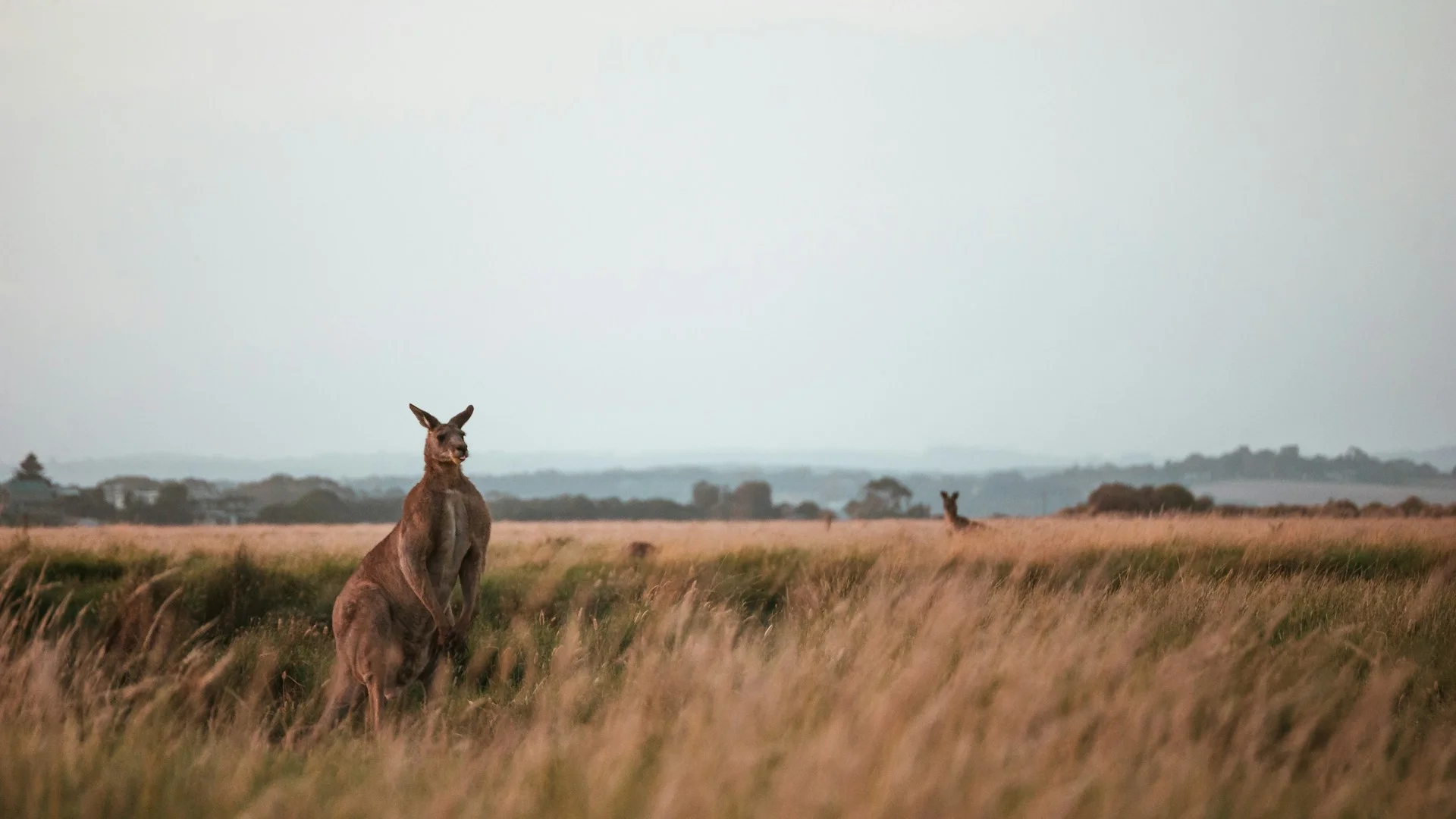
If you’ve ever bought a pair of football boots, then you’ve probably heard of kangaroo leather (also known as k-leather). Soft yet durable, it proved to be the perfect material for an item that needs to mould to a foot, whilst also withstanding constant battering. Made from the skins of kangaroos (obviously), many people considered the use of k-leather to be ‘ethical’, since it was pedalled as a by-product of the Australian Government’s population control scheme. Recently, however, that perception has started to change.
Although they’ve been chugging along as a constant boot component for decades, it’s only in the last 5 years that animal rights campaigns have really started to open people’s eyes to the awful practices within the k-leather industry. In this article, we’ll take a look at the old arguments, the new arguments, and why we’ve decided to take it (and all other animal products) out of our boots completely.
Read more
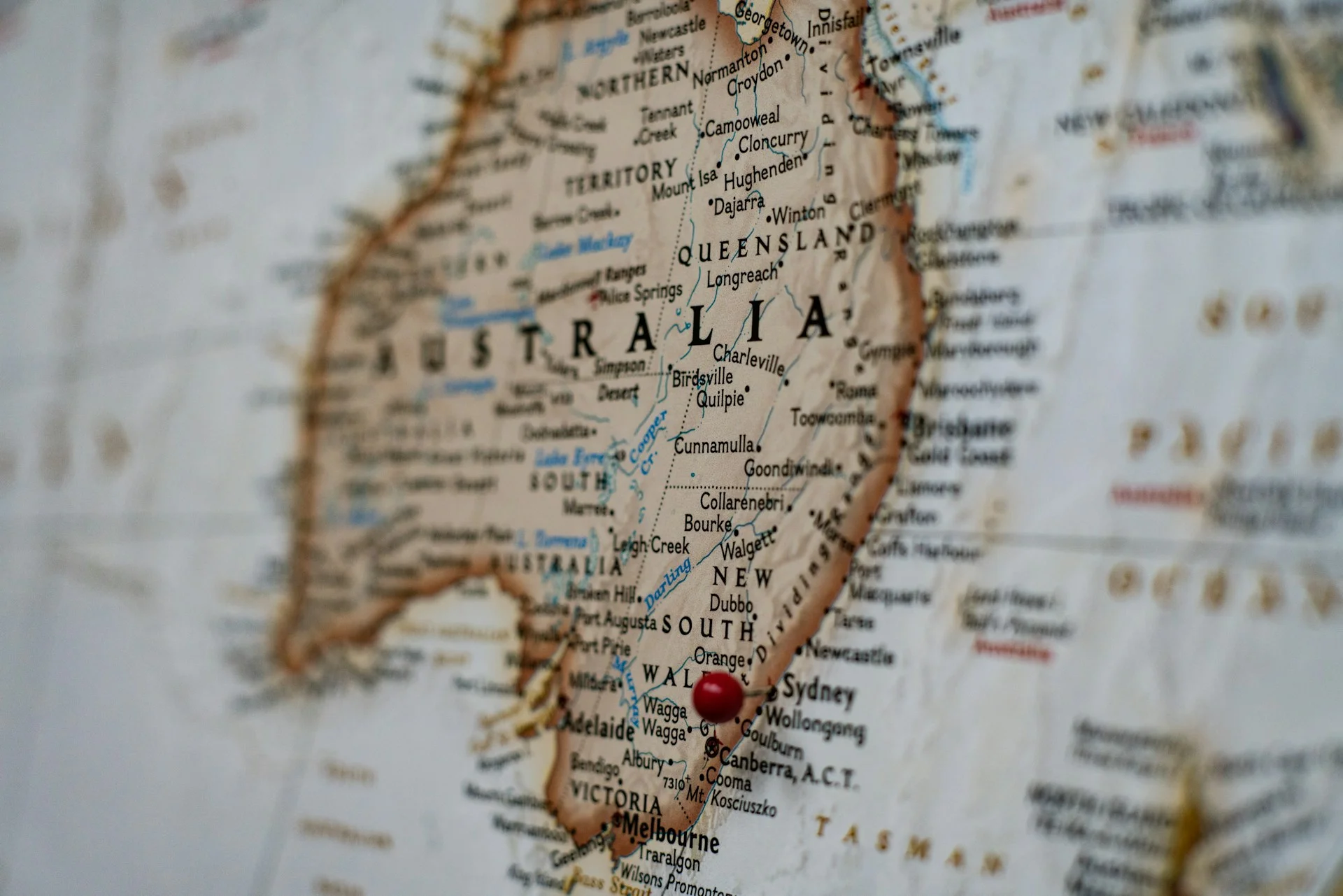
Kangaroos have been knocking about in Australia for around 15 million years. So it’s safe to say they're pretty well matched to their environment. Indigenous Australians lived in harmony with them for thousands of years, hunting them for bush meat, but never to the extent that it would harm the overall population. When Europeans arrived in 1788, however, things changed.
For the first hundred years, kangaroos were killed in small numbers to supplement meat from livestock or for sport, however everything started going wrong in the 1870s when they were declared as ‘pests’ to the pastoral industry.(1) In New
South Wales (NSW), kangaroos and wallabies were declared vermin under the Pasture and Stock Protection Act 1880, which started a long trend of the government paying bounties for landowners to kill kangaroos on their property. By 1884, a quarter of a million kangaroos were killed in NSW alone.
It would be another 100 years until the government started to reconsider their approach towards the culling of kangaroos, during which millions of kangaroos were killed every single year. In 1988, Senator Norm Sanders, one of six members of the a Select Committee on Animal Welfare, stated:
Read more
“The welfare of the kangaroo, our national animal, must be placed ahead of commercial interests and inept bureaucrats. The present slaughter must cease.”
However, with the deeply entrenched belief that they were still ‘pests’ to the country, nothing changed.
It is only in the 21st century that people have actually started to take this argument seriously (other than California, who had the foresight to ban k-leather in 1971). Research nowadays shows that kangaroos don’t actually have as big of an economic impact as previously thought, and with more pushback from animal rights groups and environmentalists, those who use kangaroo products have come under scrutiny. It’s clear to many that the kangaroo management plan has moved past population control and into profit, which poses the question: can they be trusted to regulate themselves?
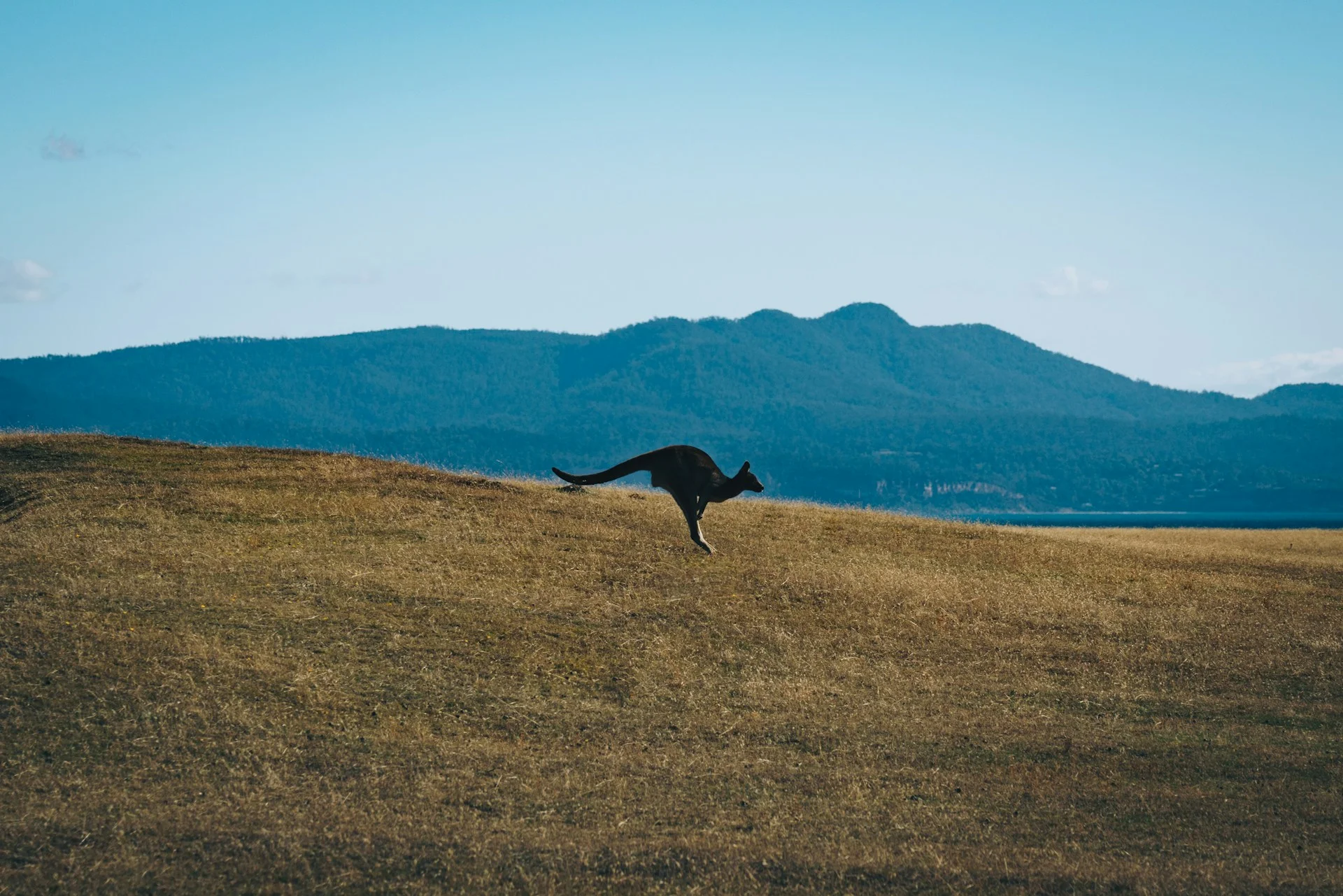
If the industry has been questioned for so long, why have people continued to use k-leather?
1. “It’s a by-product of population control, they were going to get killed anyway”
The government, through external bodies, have been killing kangaroos to keep the population in check (since they have very few natural predators). People believed, therefore, that if the kangaroos were being killed anyway, it would be a waste to not use their skins for other purposes.
2. “They aren’t specifically reared for their meat/skins, so it’s better for the environment”
Unlike other leather industries, there aren’t a huge amount of resources needed to raise these kangaroos for their skins. Extra farmland isn’t used to feed them, they aren’t kept in a certain area, and they aren’t forced to mate. Instead, adults are killed to keep the population at a manageable level.
3. “They’re durable, so the products last longer, plus they’re natural”
Kangaroo leather is malleable yet tough, which means when it is used for boots, they last a lot longer. This stops people from having to buy multiple pairs throughout the year, reducing consumption.
Read more
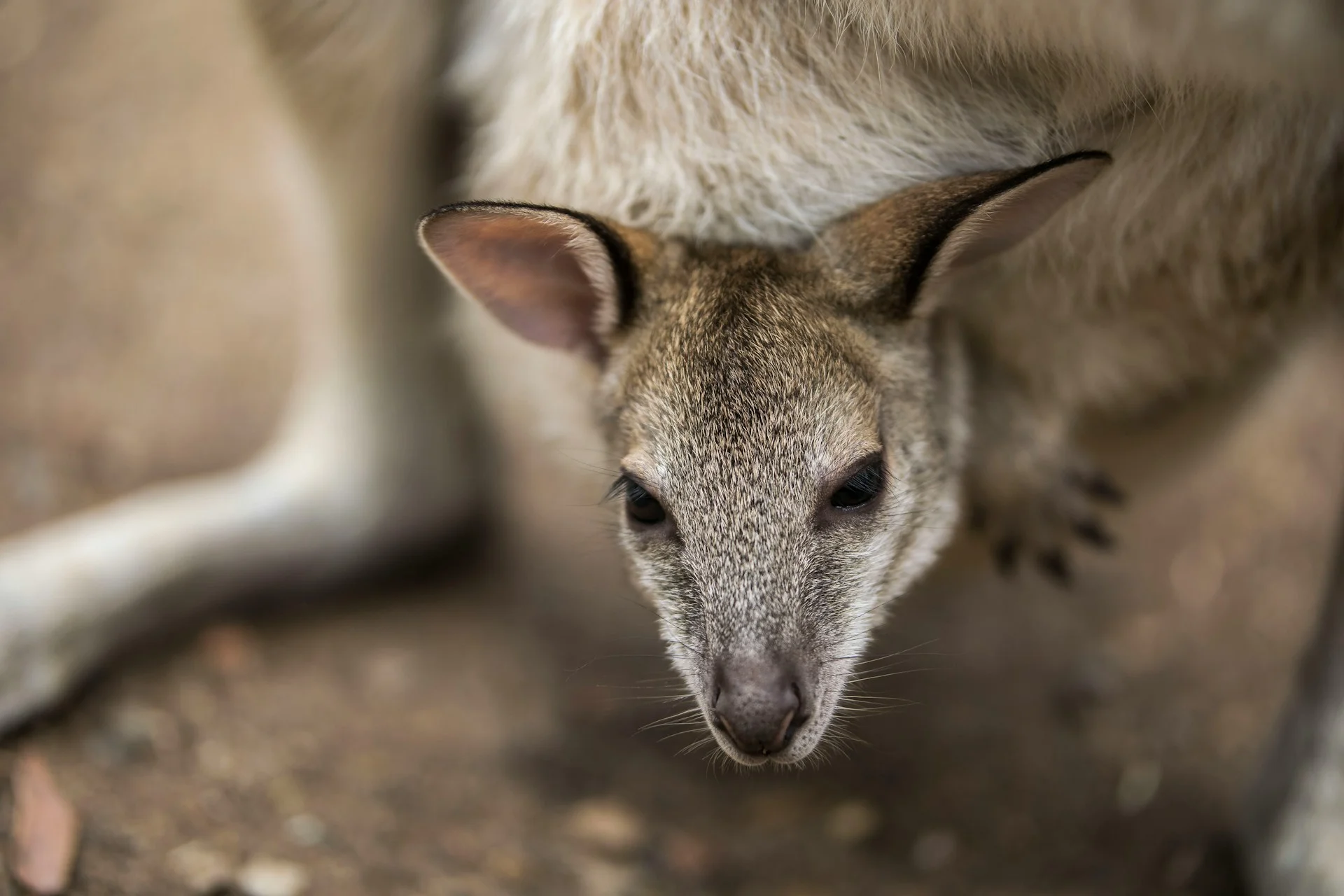
Though there was definitely credence to those arguments in the past, they don’t stand up to today’s undeniable facts. These new arguments are the reason why big brands like Nike and Adidas are all starting to turn their backs on k-leather:
1. “The killing is unsustainable: the population of kangaroos is getting decimated”
Between 2001 and 2021, the population of kangaroos dropped from 60 million to around 31 million.(2) That’s a 48% decline in 20 years. It’s clear to see that these kangaroos are no longer just being killed to maintain equilibrium, but because people are making a profit from the industry.
2. “The way they are killed isn’t monitored: many people kill them unethically”
The Code for killing kangaroos specifies that the shooter must aim in order to shoot the kangaroo or wallaby in the brain, thereby minimising suffering. However, there is zero monitoring at the point of kill, especially since it happens in remote areas and often at night. In NSW, only 0.5% of carcasses are inspected and there are no dedicated kangaroo compliance officers.(3)
3. “Millions of joeys are also killed alongside their mothers”
With almost 30% of killings being adult females, there is a huge chance that many of these females are carrying joeys (baby kangaroos). The current practice allows for these joeys to be killed alongside them, or left alone to starve after their mothers are killed.(4)
4. “The culling of kangaroos has also created an illegal skin trade, where people kill more than they report”
The counting methodology and population modelling used by the NSW Government was called into serious question during the 2021 NSW Kangaroo inquiry. It is believed that the number of kangaroos still in the wild is seriously inflated, meaning that people are killing thousands more kangaroos than previously thought.
5. “They are wild animals, not livestock, they shouldn’t get treated like ‘pests’ just because someone in the 1800s decided it.”
Research shows that up to 40% of kangaroos do not die from a single shot to the head.(5) That equates to 700,000 kangaroos who suffer and die slowly. This should never be the fate of an animal that is native to the land.
Read more
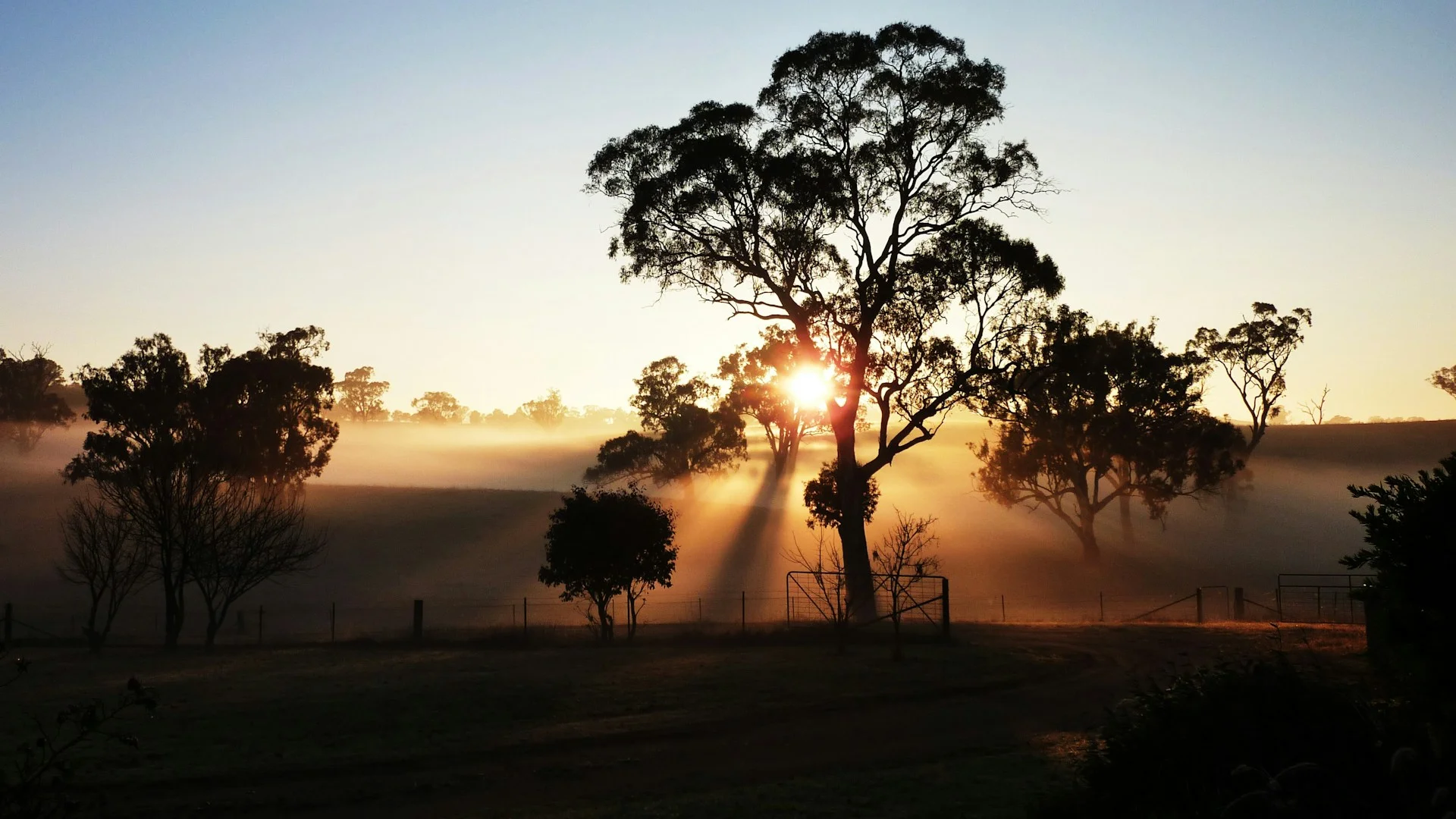
The first question you have to ask is: who benefits from this industry? If there is someone making a huge profit off the skins, meat and bounty of these animals, then what is the incentive to slow down? Emma Hurst, an MP in Australia, said that:
Read more
“Most people have no idea what is happening to kangaroos in outback Australia every single night. If the Australian public and people around the world knew that kangaroos, a native animal that has lived on the Australian continent for millions of years, were being slaughtered and made into shoes, they would be appalled.”
It’s clear to us that this industry can no longer consider itself ethical. And definitely not a by-product. Kangaroos are being killed for money, more than they are being killed for population control, and we want no part of that. When asked about the phasing out of k-leather from Sokito, founder Jake Hardy said:
“The time is right. We have successfully developed a vegan certified football boot so we know that there are alternative materials on the market today that can perform just as well as animal leather.”
When we committed to being a sustainable business, we knew it was important to be open to change. To adapt to new information, new studies, new ways of thinking. We genuinely believed that k-leather was a humane choice, but after talking with a number of specialists and analysing the new information, we have realised that’s no longer the case.
Read more
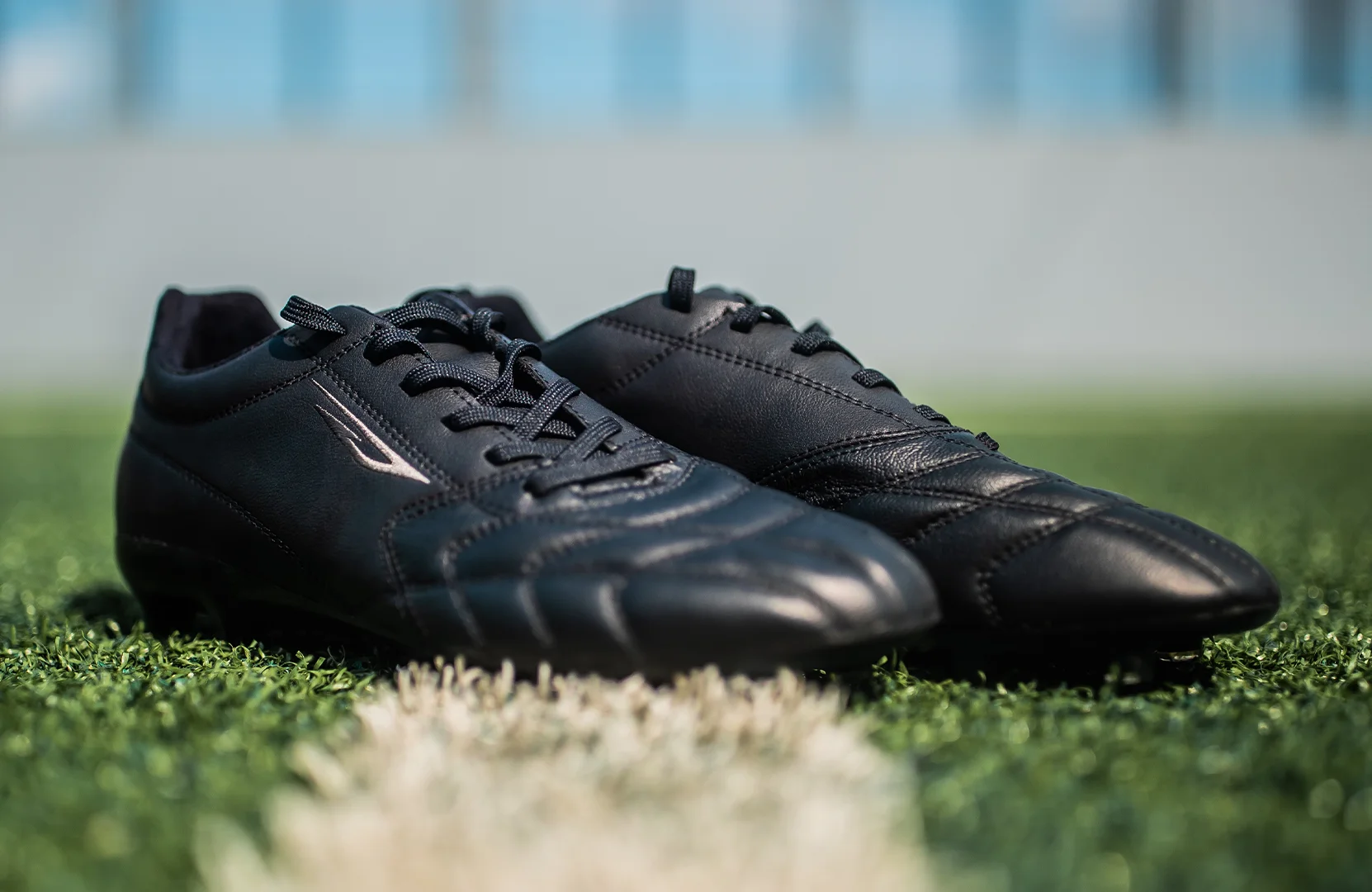
Our original Devista boot will be our last to include k-leather. In fact, it will be the only boot we ever make that includes animal products. So when it sells out, that’s that. Louise Ward, of the Animal Justice Party in Australia, gave us credit for that decision, saying:
Read more
“Sokito did its homework, researching Australia’s kangaroo industry and uncovering the truth. Declining numbers, lack of government regulation, and cruelty. We thank them for taking action by announcing they would no longer use kangaroo skin in their soccer boots. The commercialization of native wildlife has never been and will never be sustainable.”
Unlike some other boot brands, we’re not swapping it out for another unethical leather. We already have a vegan boot that is nailing it. And our next boot, the Scudetta, is already showing people what a sustainable boot can do: scoring goals in international tournaments, letting people know that you can have maximum impact on the pitch, rather than the planet.
We’ve put years of research into finding planet-friendly materials to use in our football boots, and it’s our responsibility to continue to pioneer for better practices in the football industry. Then one day, before we know it, football will be a leader in the fight against climate change, rather than an adversary.
Read more
Matilda Godson
April 10, 2024